
It was a single word near the top of a telegram, but it held more power over the average American male than any other single word of its day.
That word was “Greeting”.
At five times in our history – during the Civil War, World Wars I and II, Korea and Vietnam, American men were drafted into the national service. Today’s anniversary marks the signing of the Selective Training and Service Act of 1940 into law, which re-instituted the military draft into American life after a 22-year absence.
The first example of a draft in American history was the Enrollment Acct of 1863, which called for registration of male citizens and immigrants who had applied for citizenship between the ages of 20 and 45 and set draft quotas for each Congressional district. To say this was an unpopular idea in some parts of the North would be an understatement — as later draft riots in New York City would show.
That legislation also allowed for substitutions. A man could hire a substitute to go in his place — a loophole which was removed by the Selective Service Act of 1917, the second major conscription legislation passed by Congress. Under its terms, volunteering for the armed forces was ended — you had to wait your turn to be called up.
As such, just over half the American men who served in World War I were draftees. And when the time came once again for Congress to consider draft legislation, it had quite a controversy on its hands.
In September 1940, the Germans were on the rampage in Europe. They had just conquered France, the Low Counties, Denmark and Norway and the Battle of Britain was at its height. President Franklin Roosevelt didn’t believe the United States could afford to wait to start building its armed forces and as such, a bi-partisan bill was introduced to begin the process.
Known as the Burke-Wadsworth Act, it initially called for a period of service of 12 months plus ten years in reserve (or until age 45, whichever came first) with all men aged 21-35 required to register. Not more than 900,000 men could be called up. Upon passage, it became the first peacetime draft in American history.
However, in the summer of 1941, Roosevelt went to Congress to ask for the terms of enlistment to be extended to three years. As in the Civil War, where enlistment terms had been changed after the draft started, this idea didn’t sit well with some troops, who came to be known as “Ohio soldiers”.
This was an acronym for “Over The Hill In October“, referring to the time when some of the original draftees were supposed to have been released from service. The Service Extension Act of 1941 was passed 203-202 by the House, resulting in some desertions — but not nearly as many as had been threatened — in October.
Secretary of War Henry Stimson pulled the first number for selection under the new draft laws on October 29, 1940 and the standards for induction were comparatively low by today’s reckoning:
President Franklin Roosevelt announced the number drawn: 158. Across the country, 6,175 young men held that number. All the men holding number 158 were brought in first by their local draft boards to be considered for service. Men holding the numbers that followed in the lottery were brought in until the services had their fill. All the men whose numbers were up received an “order to report for induction” from their local draft board. The letter named the branch of service the man was being called to and gave the date, time, and place where paperwork would be filled out and examinations given. A man had to be at least five feet tall and no taller than six and a half, be at least 105 pounds, have vision correctable with glasses, have at least half his teeth, not have been convicted of a crime, and be able to read and write.
The Japanese attack on Pearl Harbor effectively ended the “Ohio” issue, with millions of young men volunteering for the armed forces in addition to the draft.
The letter an inductee received was simple. An example is linked here. The first word wasn’t actually “greeting”, but rather a notice that the telegram came from the President of the United States. The rest, of course, is quite literally history.
By the end of the was, nearly 50 million American men had registered and ten million had been inducted. Roosevelt’s desire to create an “Arsenal of Democracy” had been realized. Enlistment records for over eight million of the “Greatest Generation” can be found here.
Happy Sunday and enjoy today’s open thread!

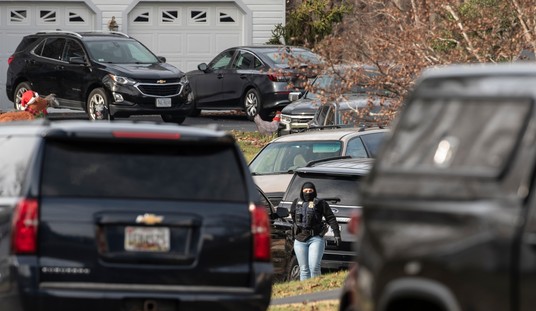


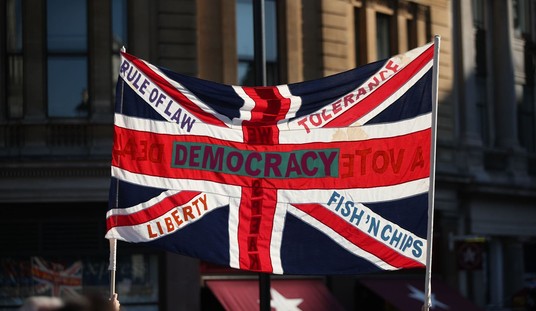

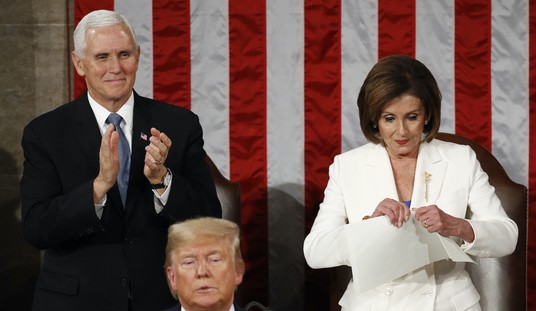
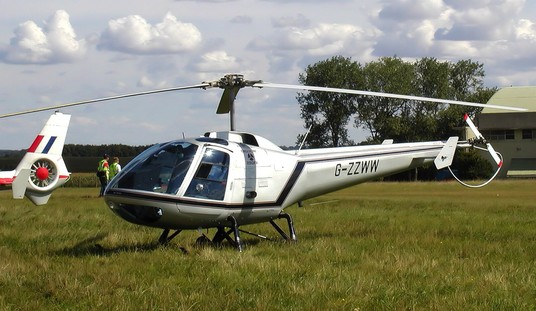
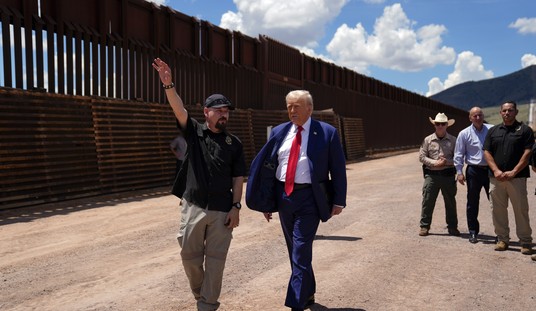


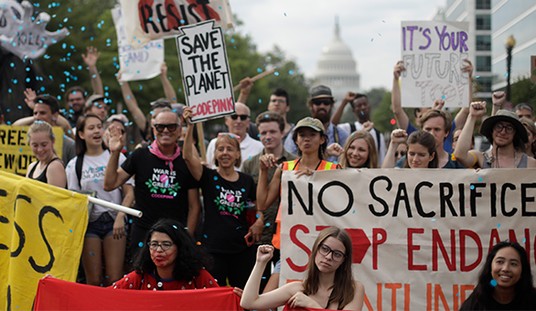
Join the conversation as a VIP Member